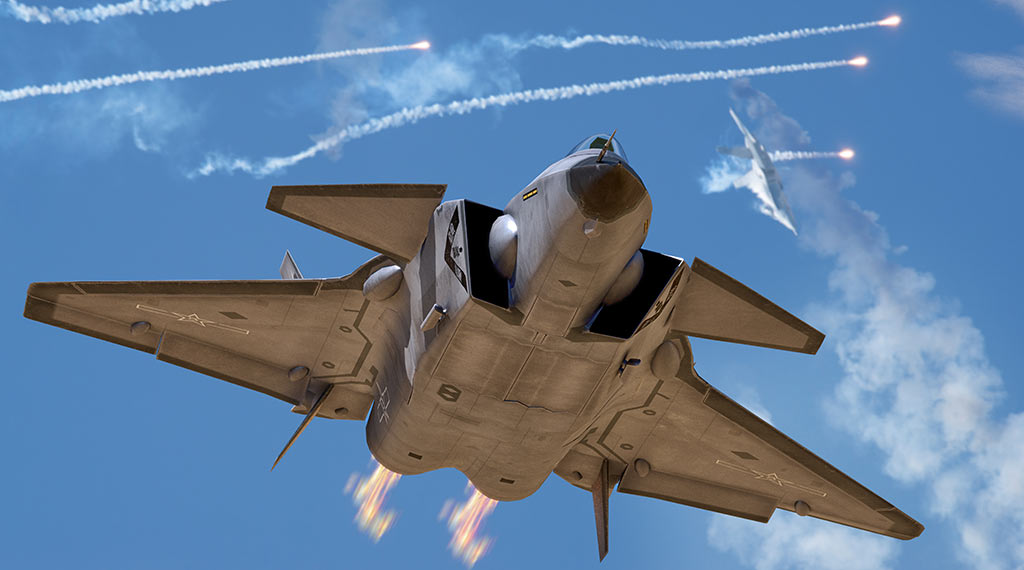
Several videos released this week show China’s J-20 stealth fighter flying with what appears to be new engines.
The engines in question are domestically produced WS-15 turbofans and if they did indeed fly in the J-20 it marks a significant step for the Chinese aerospace industry.
Introducing the J-20
The Chengdu J-20 “Mighty Dragon” is China’s fifth-generation air-superiority fighter.
Modeled after the likes of the F-22 Raptor and the Sukhoi Su-57, the J-20 is an impressive feat of engineering for China’s burgeoning aerospace industry. With development beginning in the late 1990’s, the J-20 has all the hallmarks of a fifth- generation stealth fighter, from radar absorbent coating, to a sleek design with an internal weapons bay, to an advanced suite of electronics and avionics to aid in airspace domination. While U.S. and allied partners do not seem overly concerned over the J-20 itself, some have sounded alarm bells about the pace of Chinese advancements and the need for continued development to maintain a strategic edge.
Specs and capabilities
One such area of development is in power plants. Initially, the J-20 was powered by Al-31, a Russian import which did not meet the power requirements set forth by the PLAAF. To remedy this problem, the domestic aerospace industry began work on the WS-10, initially designed in the late 2000s for the J-11 program. While this helped decrease reliance on foreign imports, the WS-10 lacked stealth characteristics, thrust vectoring, and supercruise making it untenable as a long-term engine for the J-20.
Enter the WS-15. Although it began development in the late 1990s, the long run before production has allowed designers to tweak and improve it until it reached its current performance characteristics. With supercruise, its installation on the J-20 will make them only the second fighter behind the F-22 with that capability. More impressive is its reported thrust at 180kn, greater than the 156kn of the engines powering the F-22. Although it fails to match the 191kn put out by the Pratt and Whitney F135 installed in the F-35, those fighters are single engine, the two WS-15s in the J-20 give a combined 360kn of thrust.
What we really know about China’s WS-10 engine
While Beijing claims this engine is top notch, other experts have questioned whether or not the figures provided by China are accurate regarding the engine’s true capabilities. According to a principal defense analyst at Jane’s, “There are lingering questions over whether China has managed to achieve the thrust required on the J-20 on current payloads with the locally produced WS-10 engines.” Additionally, another expert from the Yuan Wang military think tank in Beijing described the F-35’s XA100 engine as far superior to China’s WS-10.
While other details regarding the engine’s history remain unclear, an official of China’s Aero Engine Corporation of China (AECC) stated in April that the country’s Shenyang WS-15 engine was officially ready for mass production. According to Jane’s Defense, the official elaborated that “the streamlining of the supply chain has allowed AECC to manufacture several high-temperature components for the WS-15. These include superalloy disc parts, ring parts, fasteners, and other components.”
- Has Russia Finally Sold its Su-35s to Iran? - December 2, 2025
- Iran’s Growing Missile Arsenal Is a Challenge for Israel - November 18, 2025
- IAI Is Hoping to Secure a Contract for the “Golden Dome” - November 3, 2025
